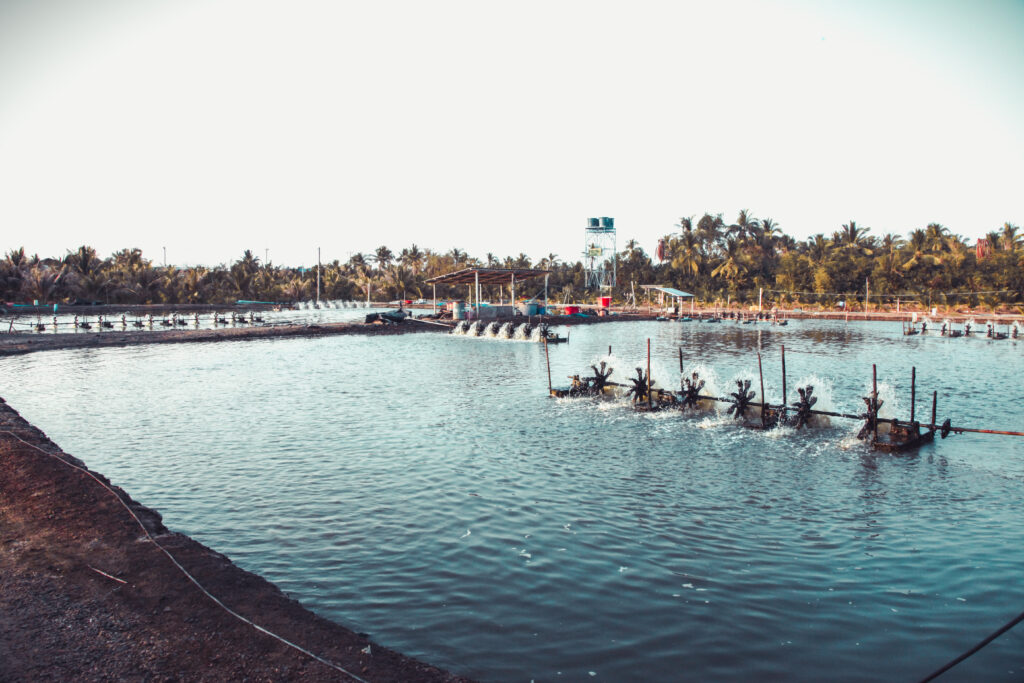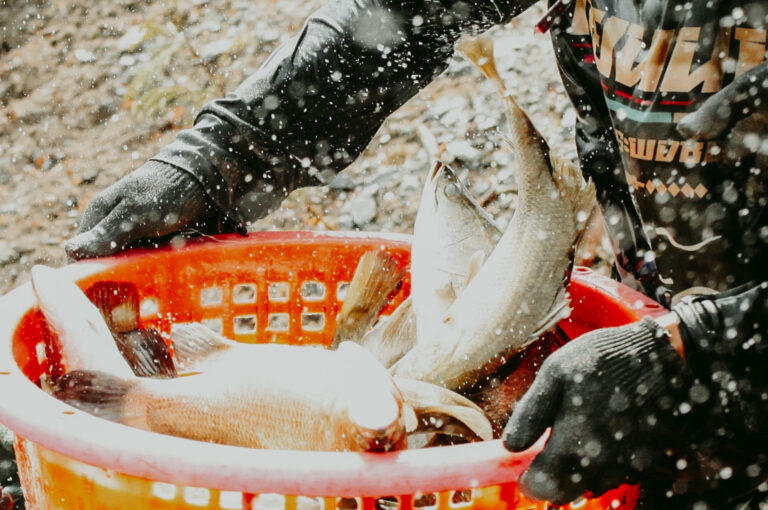In the realm of aquaculture, both brackish water farming and sea farming play significant roles in providing seafood for consumption. However, there are compelling reasons why brackish water farming may be considered superior to sea farming in certain contexts. Let’s explore the advantages of brackish water farming and why it’s often a preferred choice.
1. Controlled Environment:
Brackish water farming takes place in controlled environments such as estuaries, coastal ponds, or inland brackish water bodies. These environments offer more control over factors like water quality, temperature, and disease management compared to open-sea farming, where environmental conditions can be more variable and challenging to control.
2. Reduced Environmental Impact:
Brackish water farming generally has a lower environmental impact compared to sea farming. By utilizing existing brackish water bodies or creating artificial ponds, it minimizes habitat destruction and disturbance to marine ecosystems. This approach helps preserve coastal habitats and reduces the risk of negative impacts on marine biodiversity.
3. Disease Management:
Brackish water farming allows for more effective disease management strategies compared to sea farming. The controlled environment enables farmers to implement preventive measures such as water filtration, biosecurity protocols, and regular monitoring to minimize the risk of disease outbreaks. This proactive approach helps maintain healthier fish populations and reduces the need for antibiotics or other treatments.
4. Higher Stocking Density:
Brackish water farming often allows for higher stocking densities compared to sea farming. The controlled environment and nutrient-rich water in brackish water ponds support faster growth rates and higher yields per unit area. This efficiency can lead to increased productivity and profitability for brackish water aquaculture operations.
5. Diverse Species Options:
Brackish water environments support a wide range of species suitable for aquaculture, including shrimp, tilapia, barramundi, and various mollusks. This diversity of species allows farmers to adapt their operations to market demand and environmental conditions, providing flexibility and resilience compared to monoculture sea farming operations.
6. Sustainable Land Use:
Brackish water farming can make efficient use of marginal or underutilized coastal areas, providing economic opportunities without competing with other land uses such as agriculture or urban development. By utilizing these areas sustainably, brackish water aquaculture contributes to food security, rural development, and responsible coastal management.
Conclusion:
Brackish water farming offers numerous advantages over sea farming, including greater control over environmental conditions, reduced environmental impact, effective disease management, higher stocking densities, species diversity, and sustainable land use practices. By harnessing the potential of brackish water environments, aquaculture can continue to evolve as a sustainable solution to meet growing global seafood demand while minimizing its ecological footprint.




